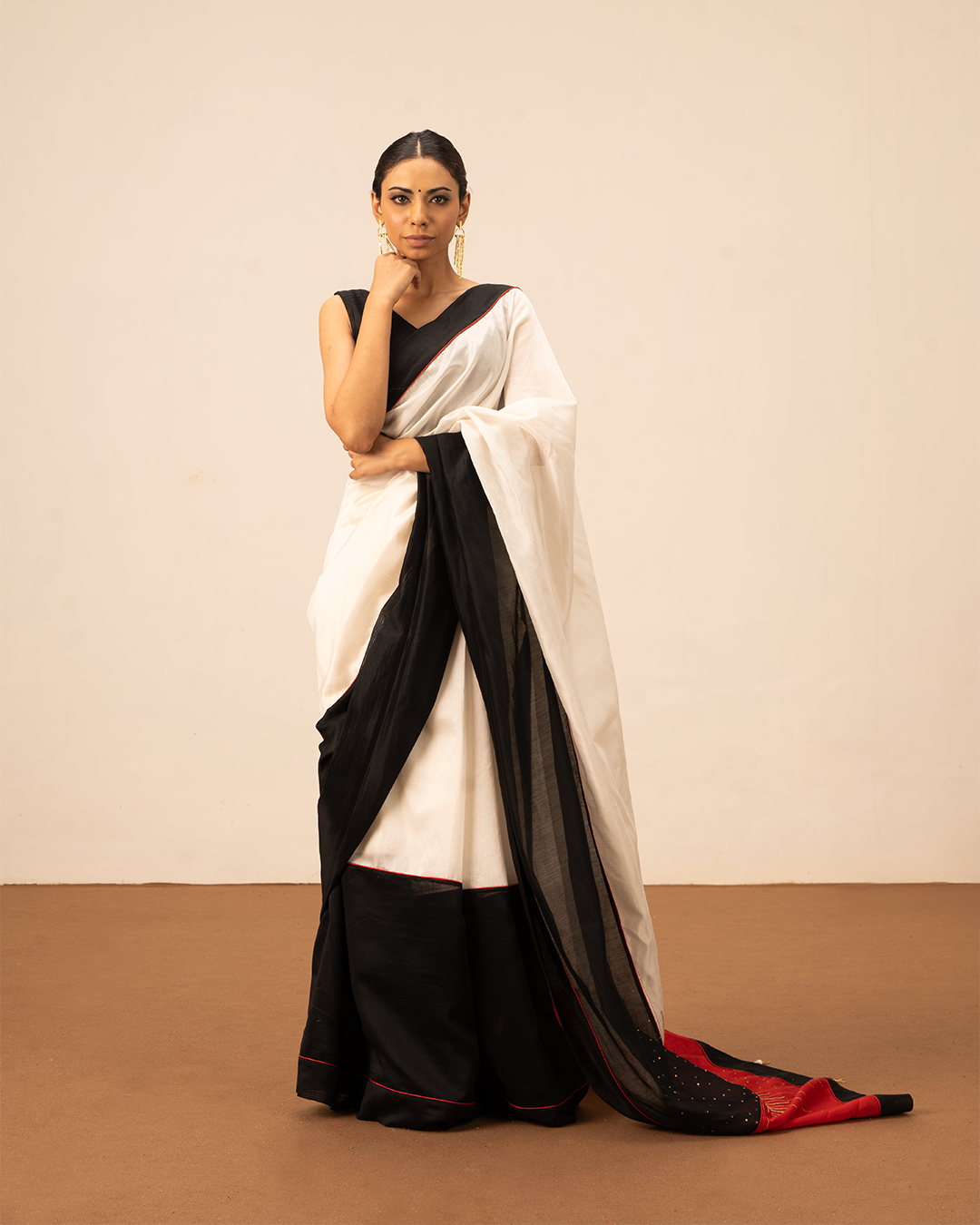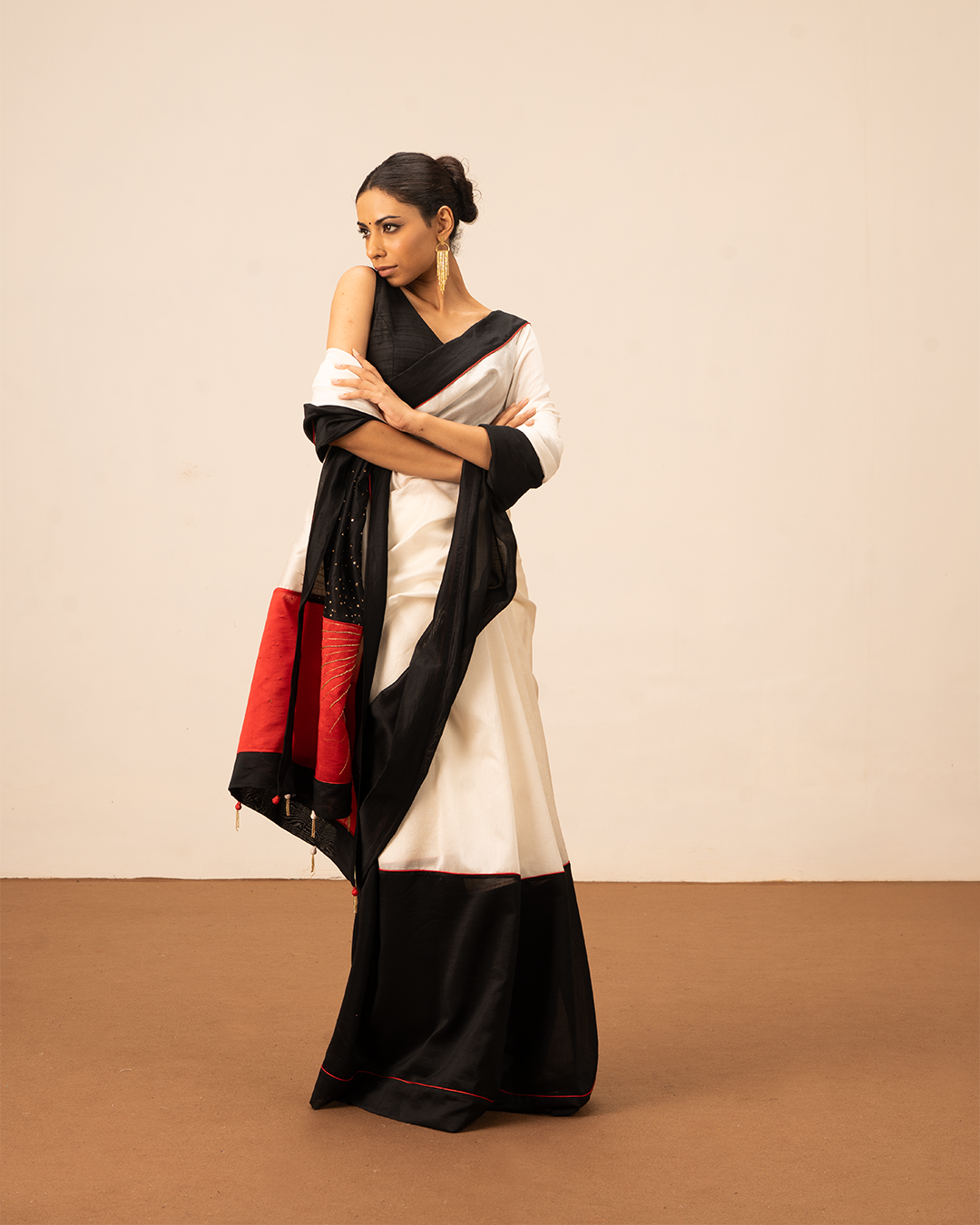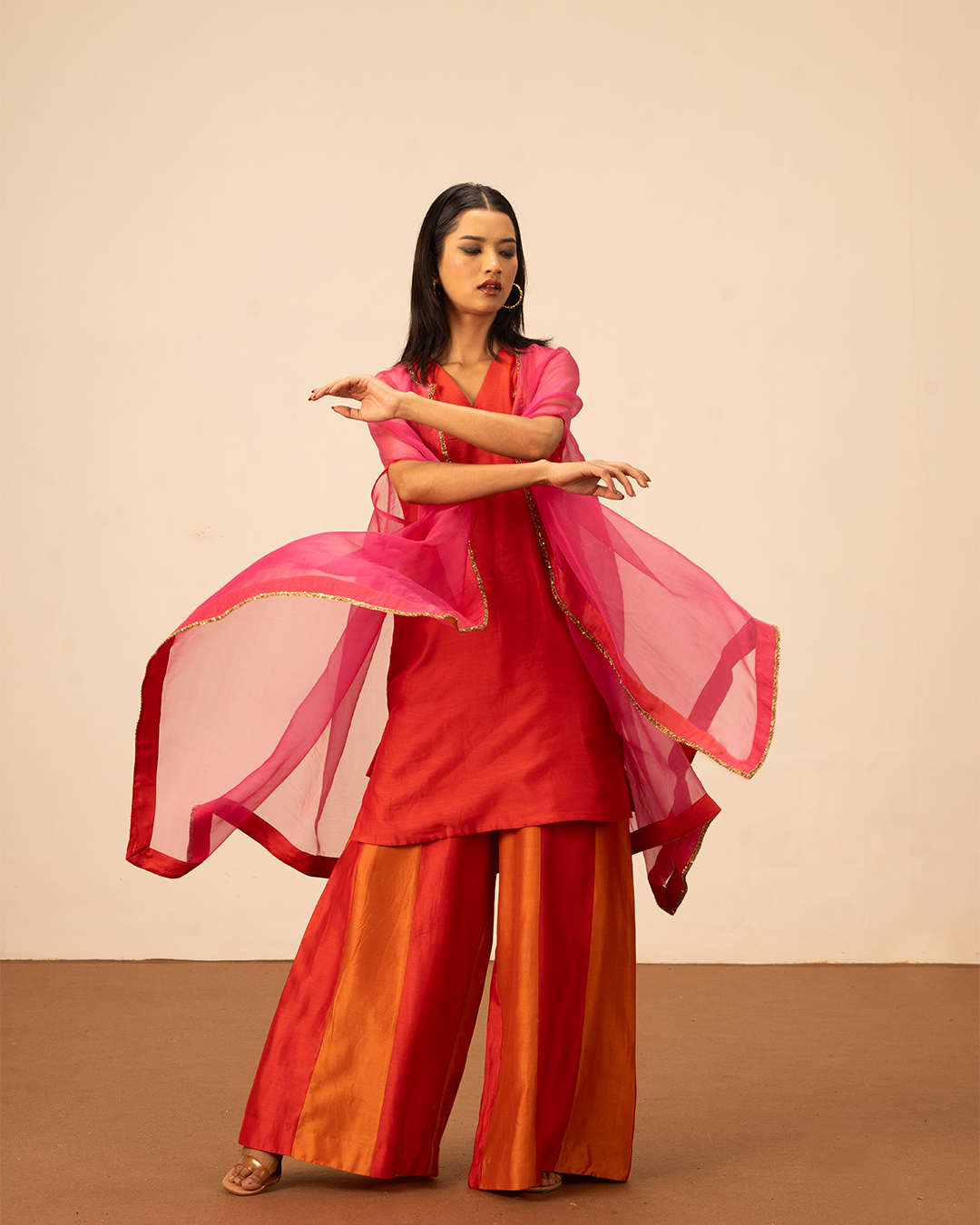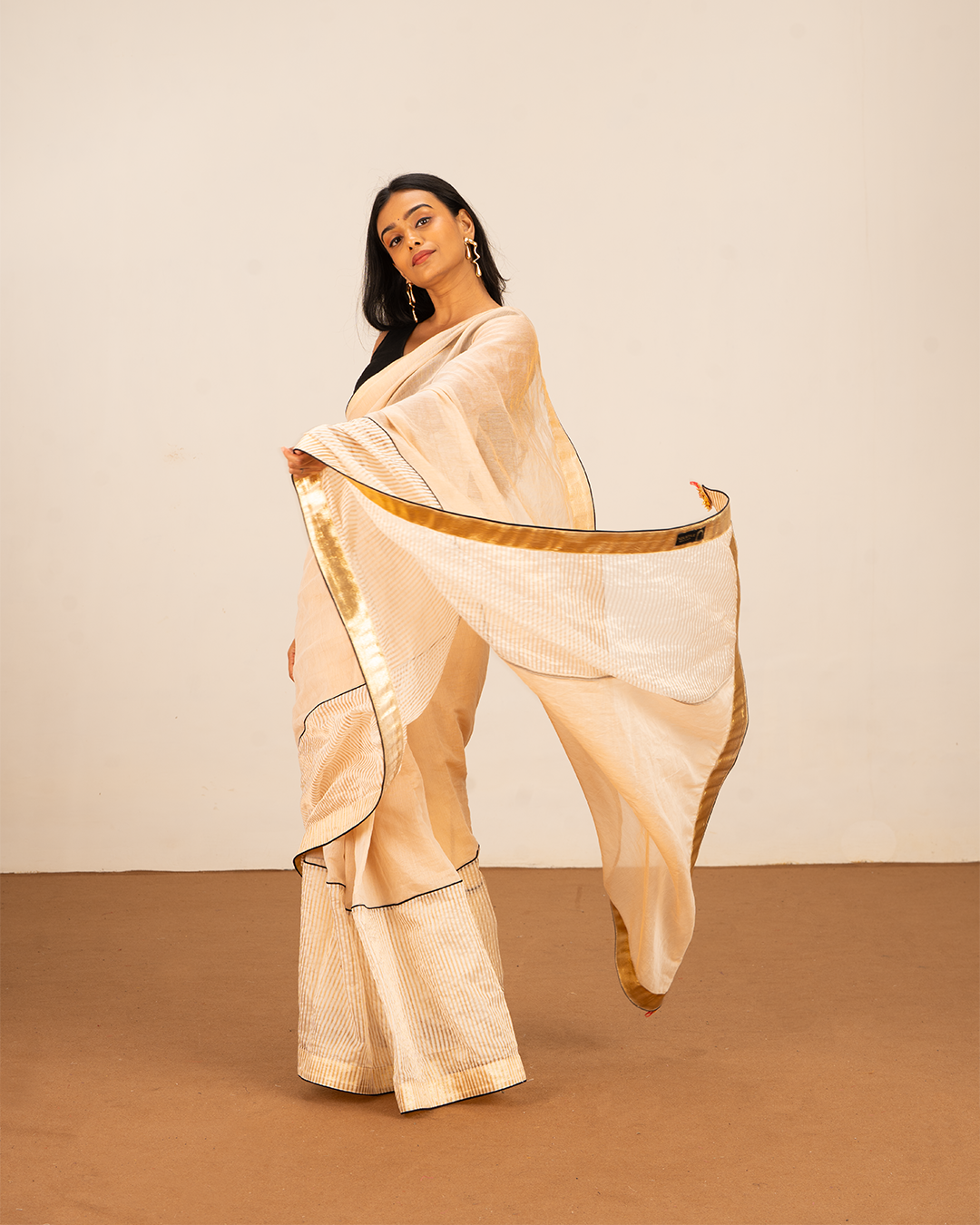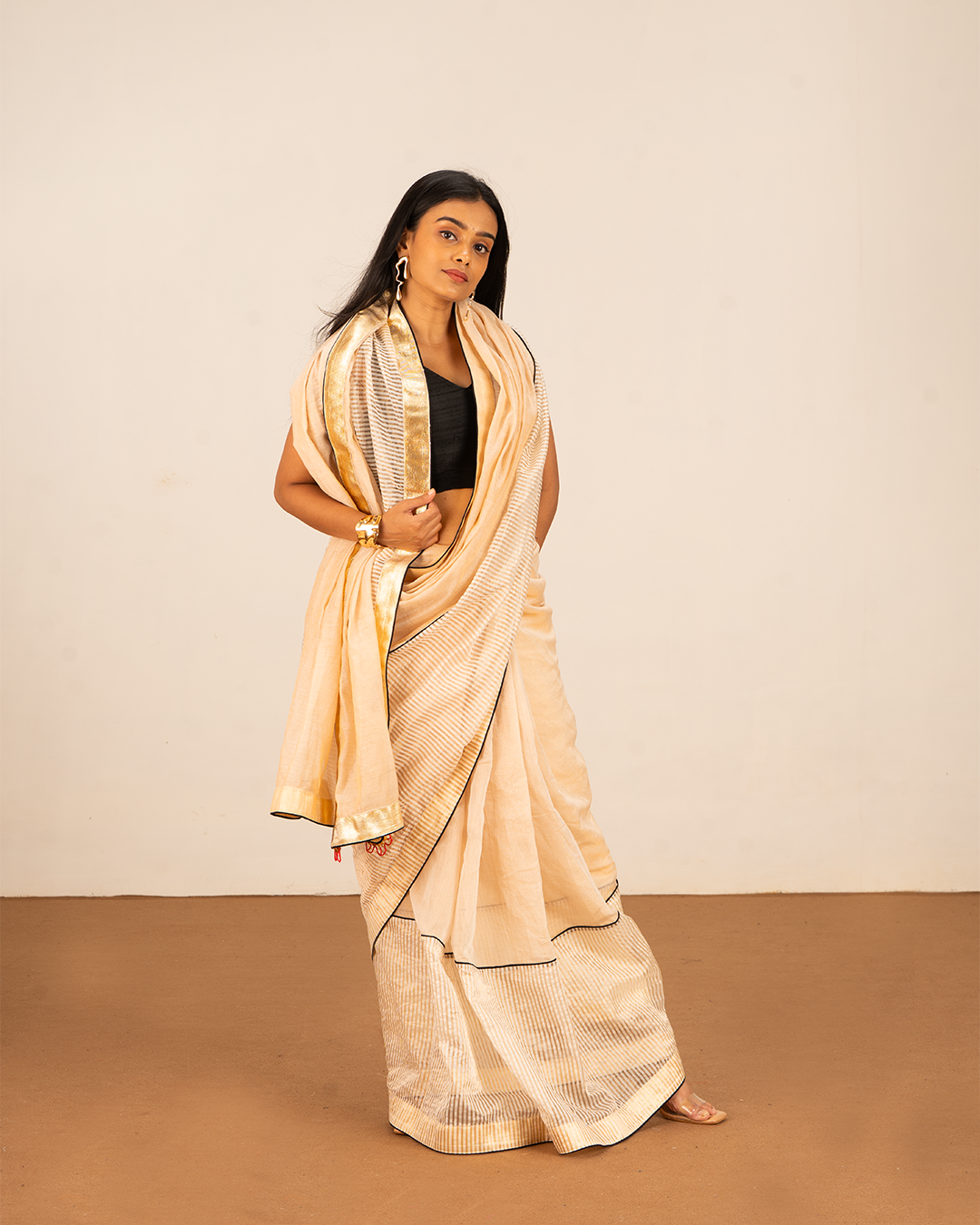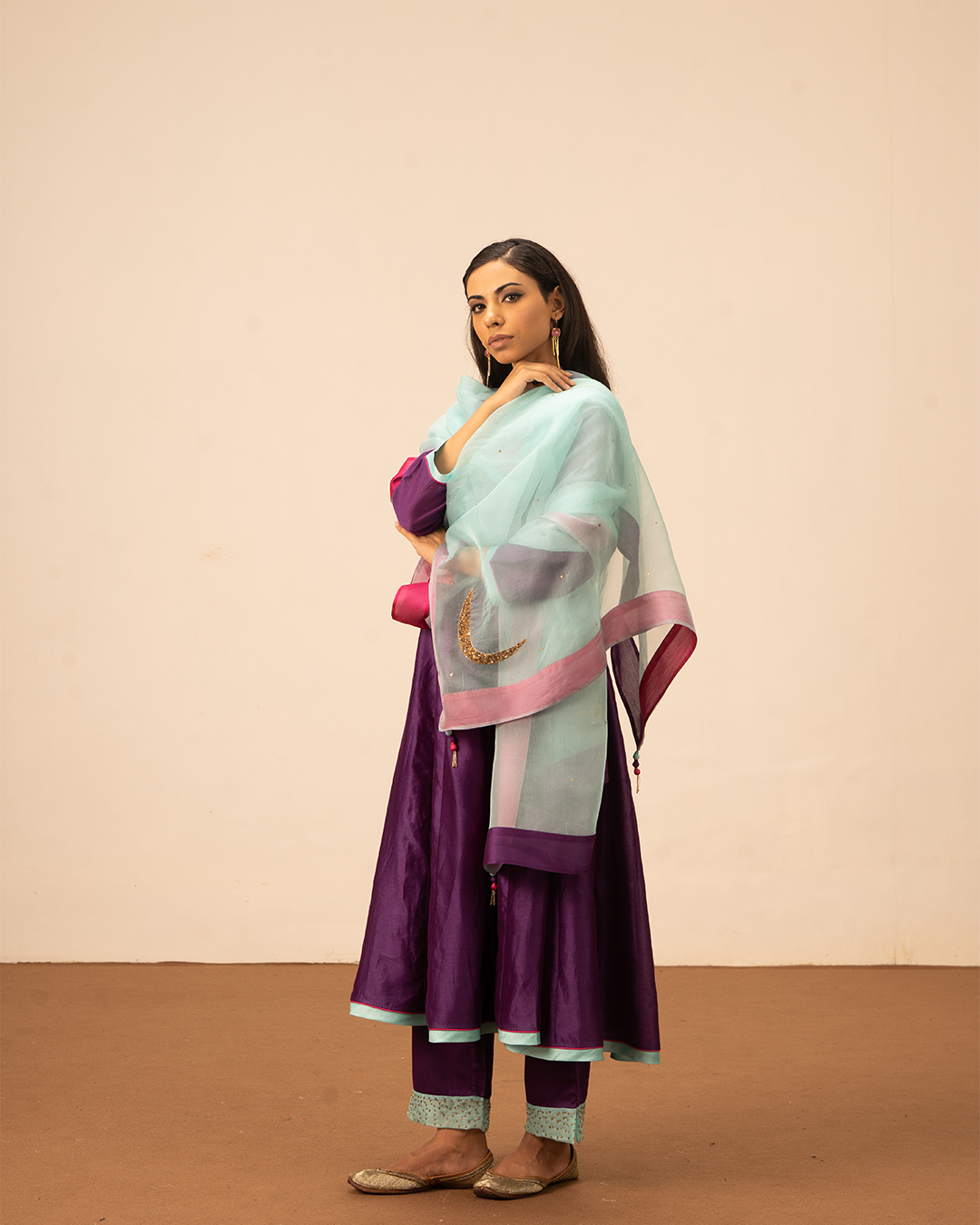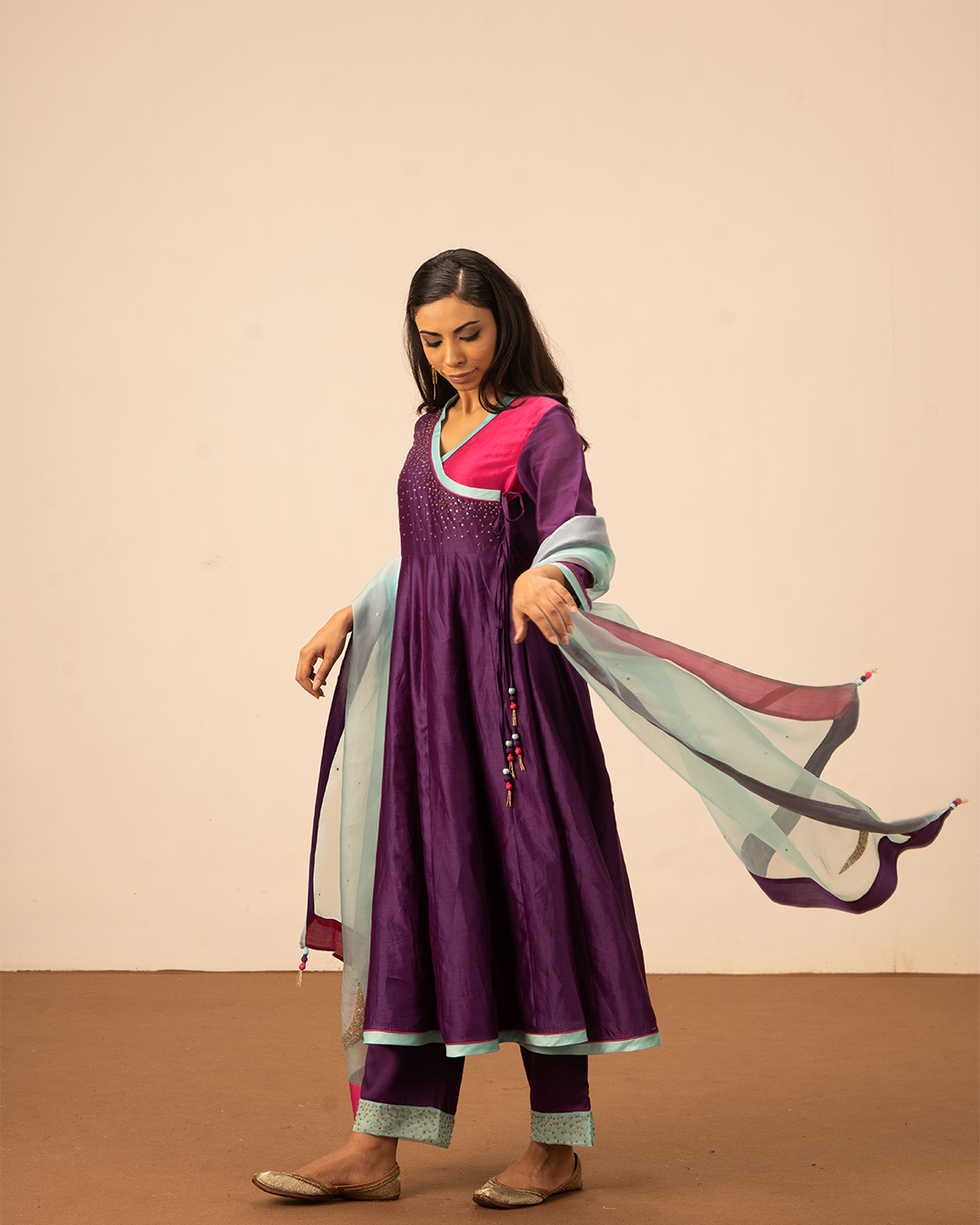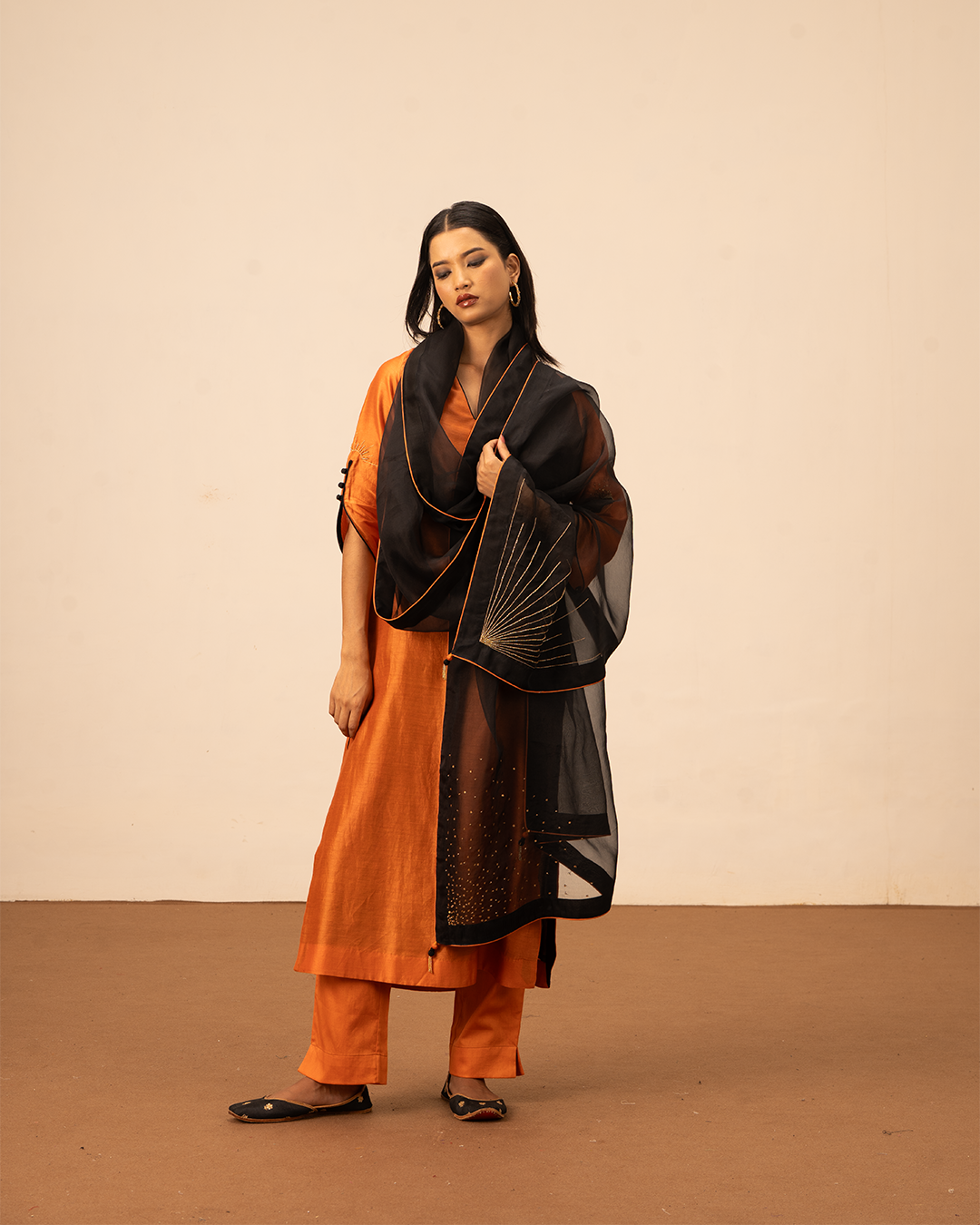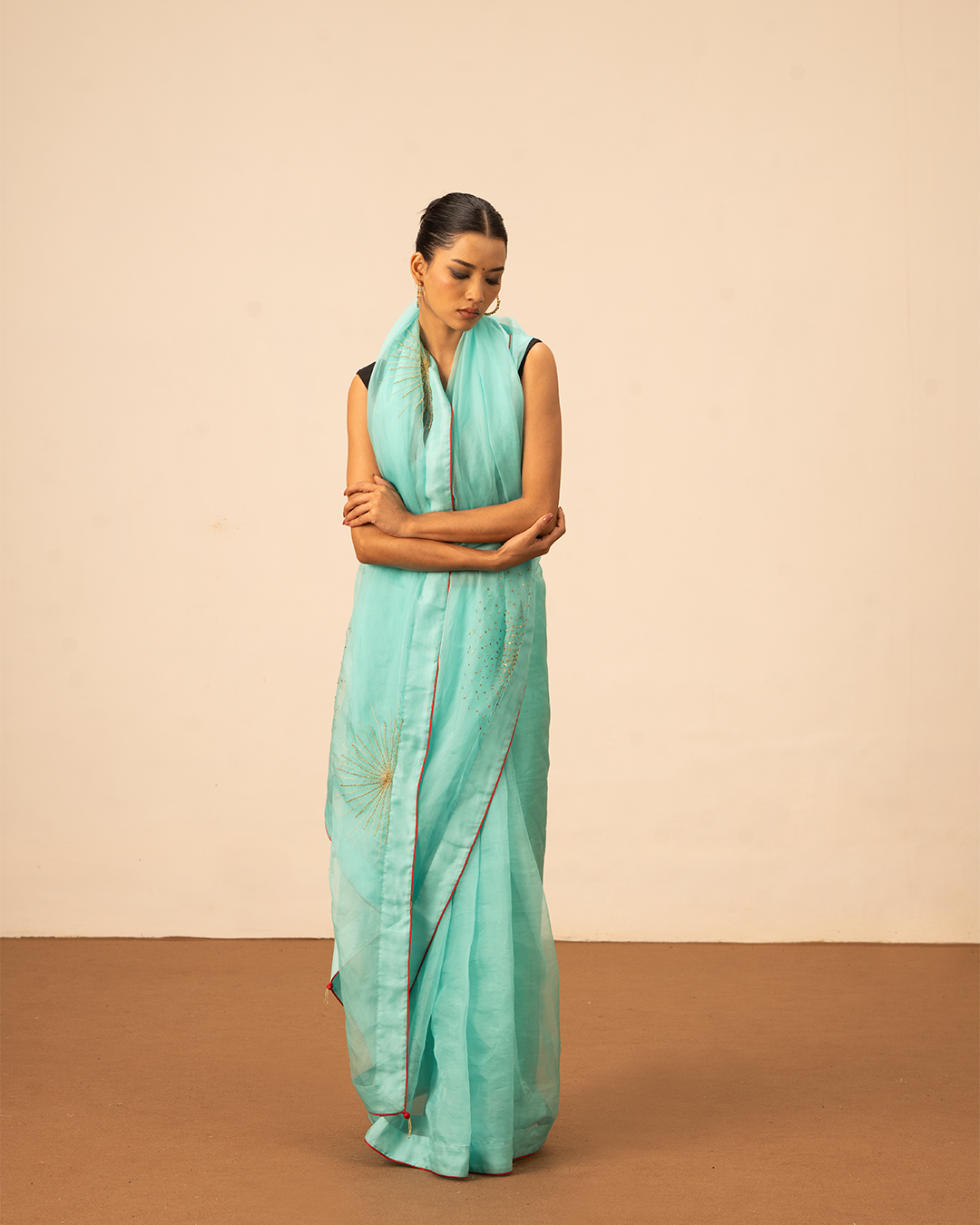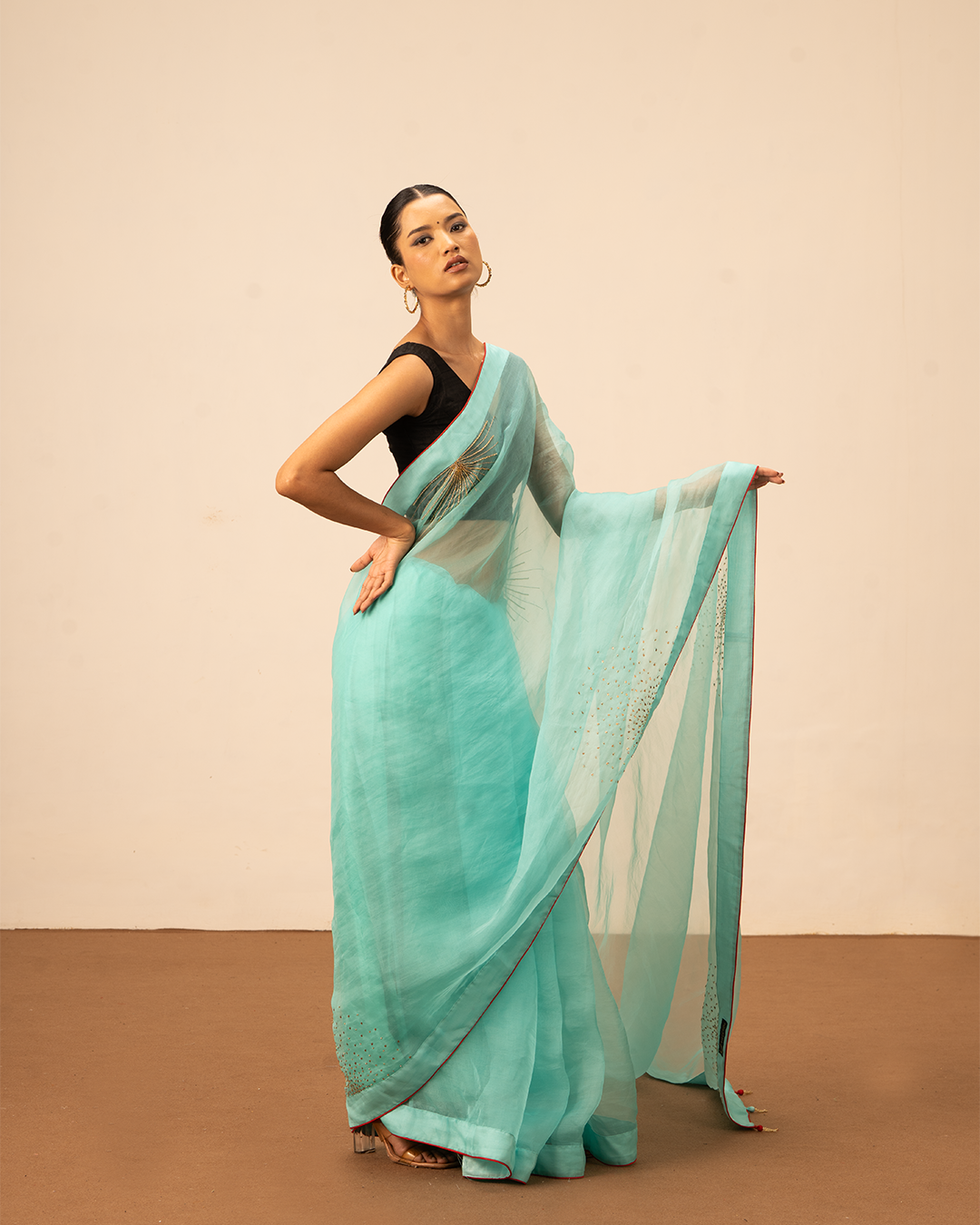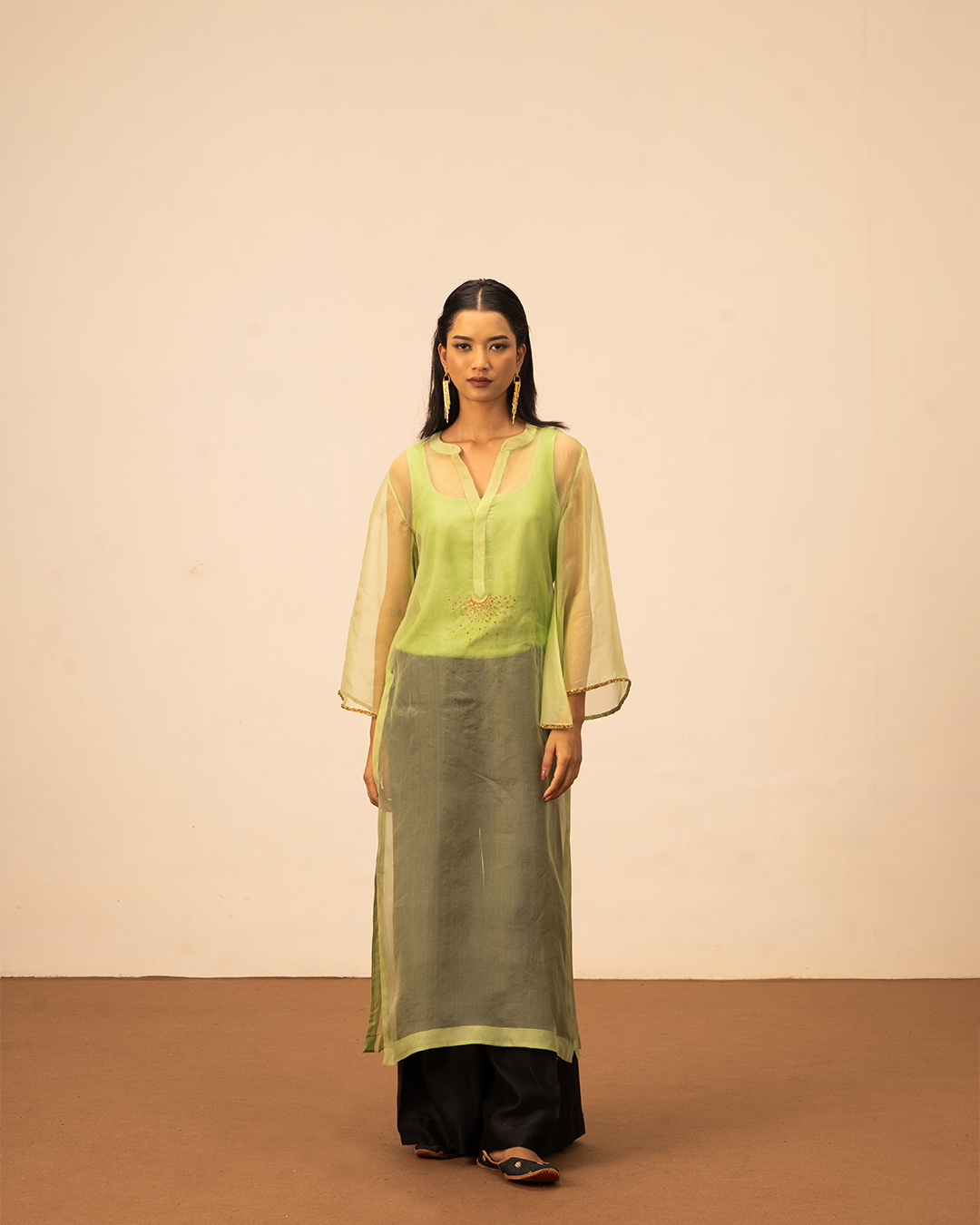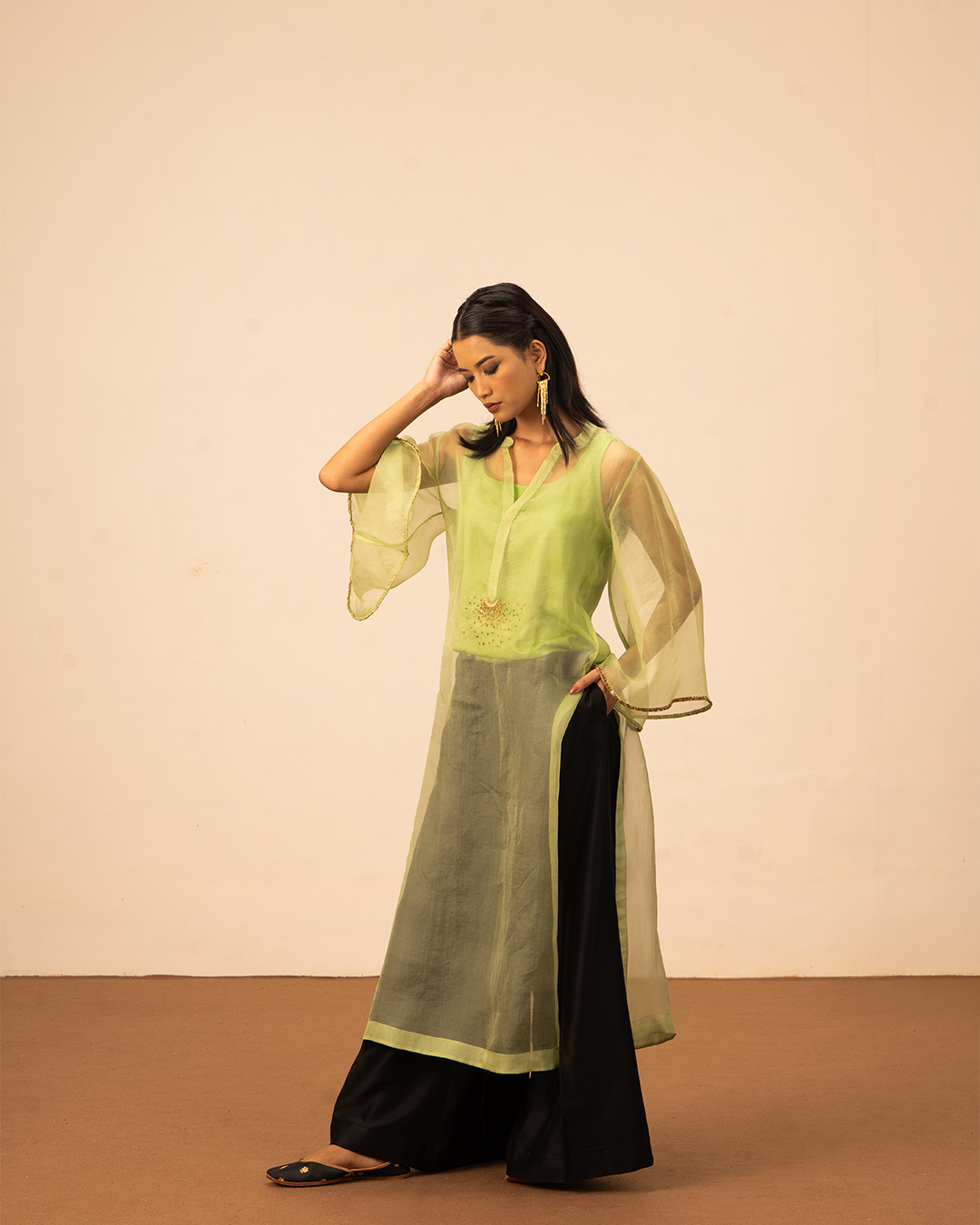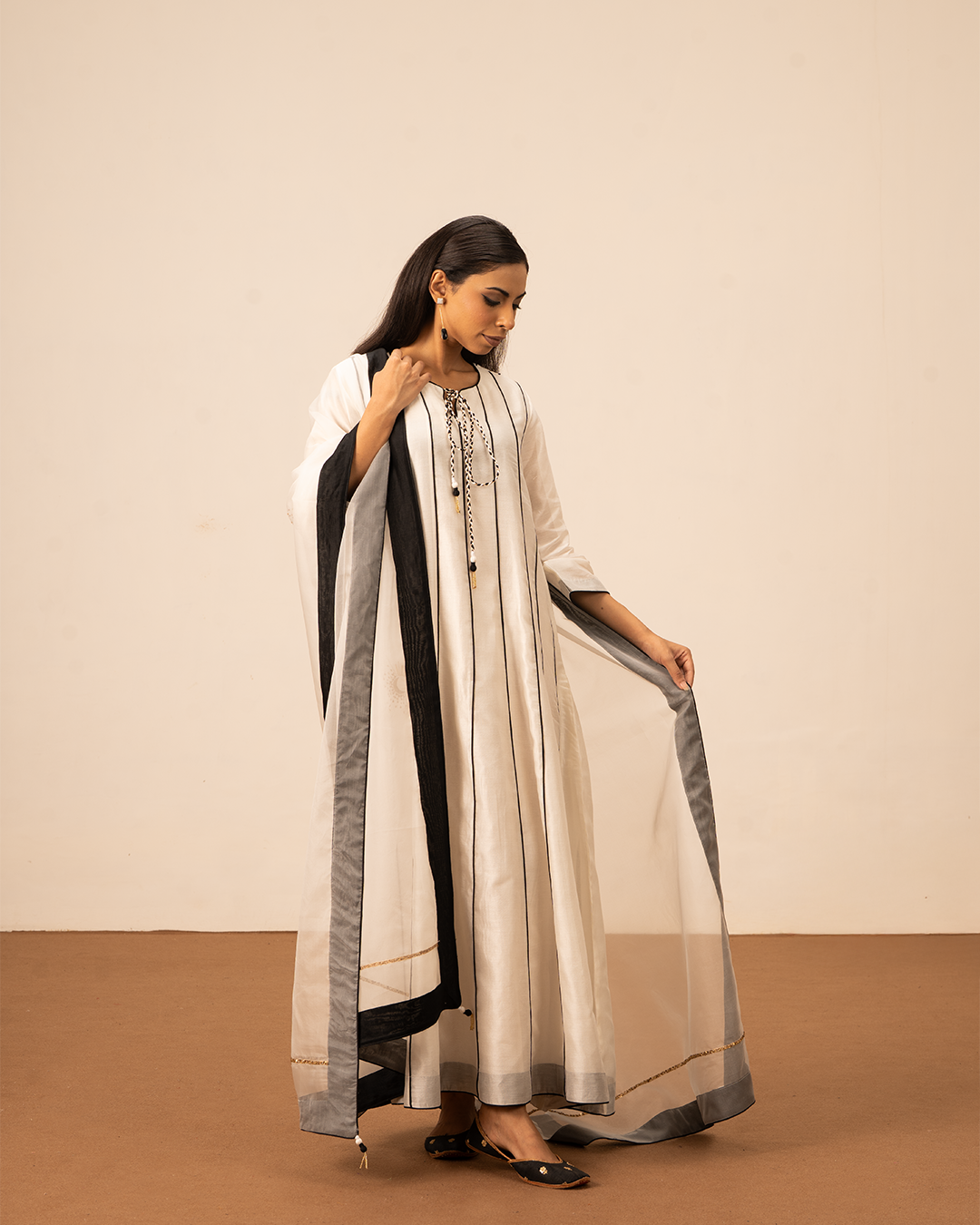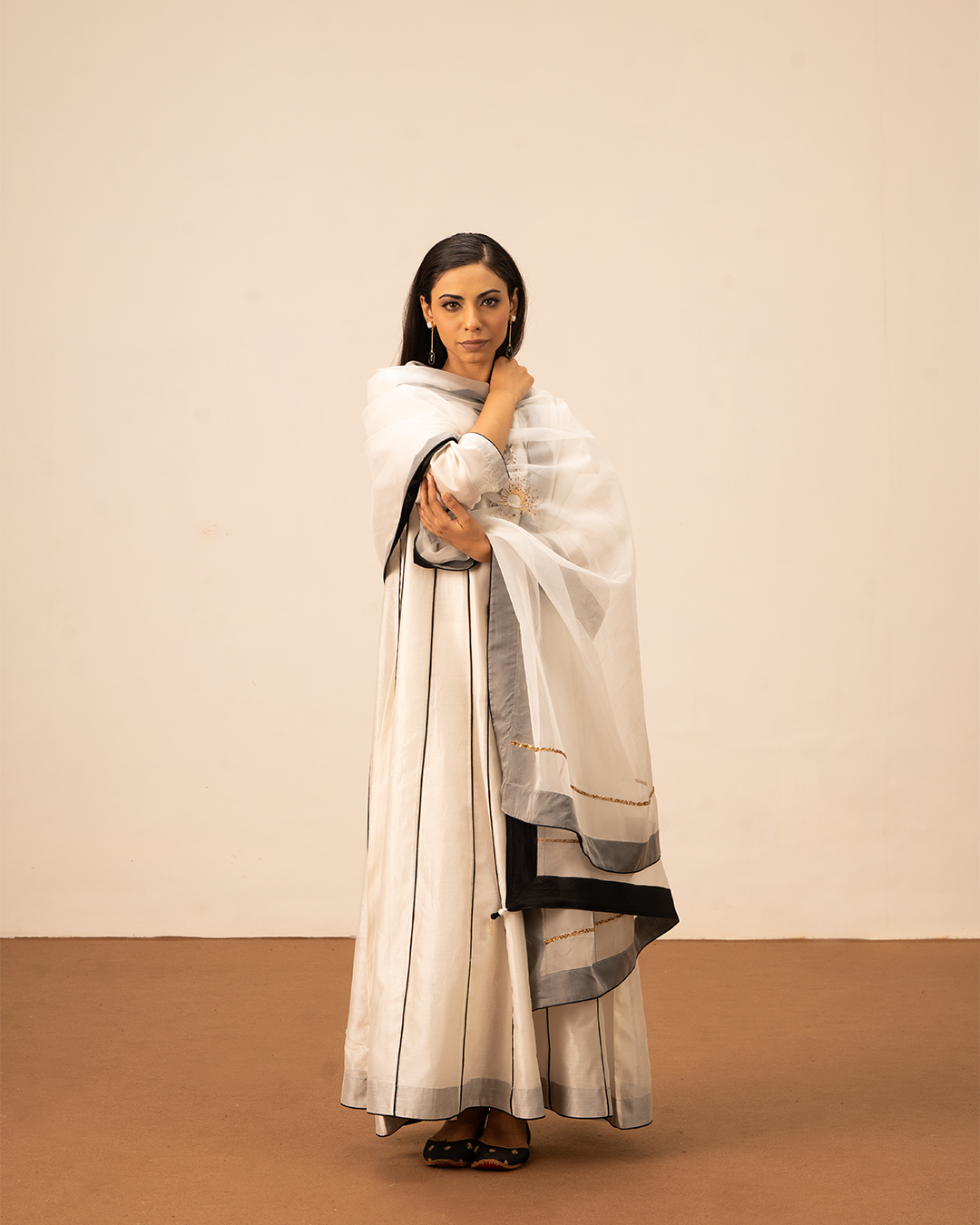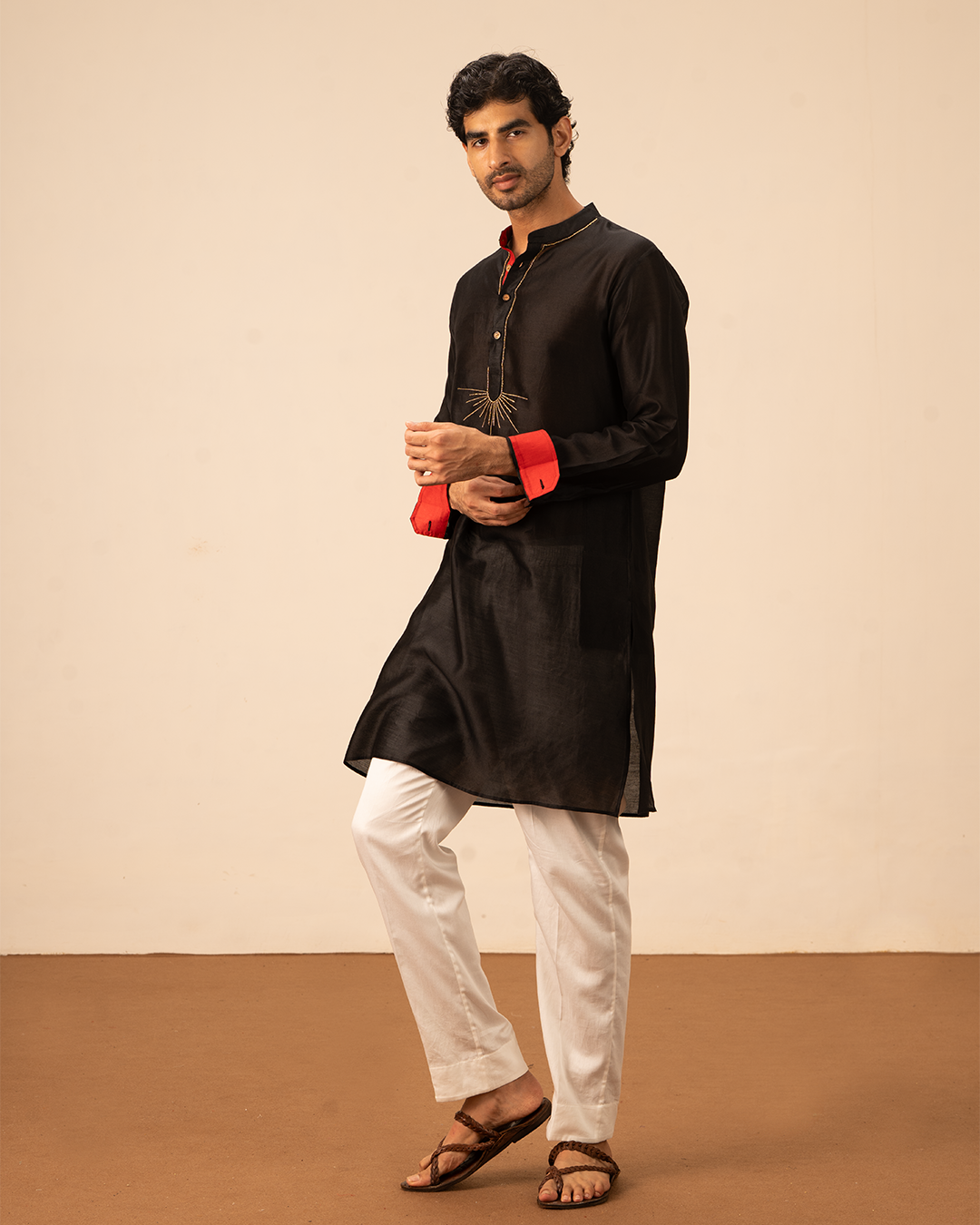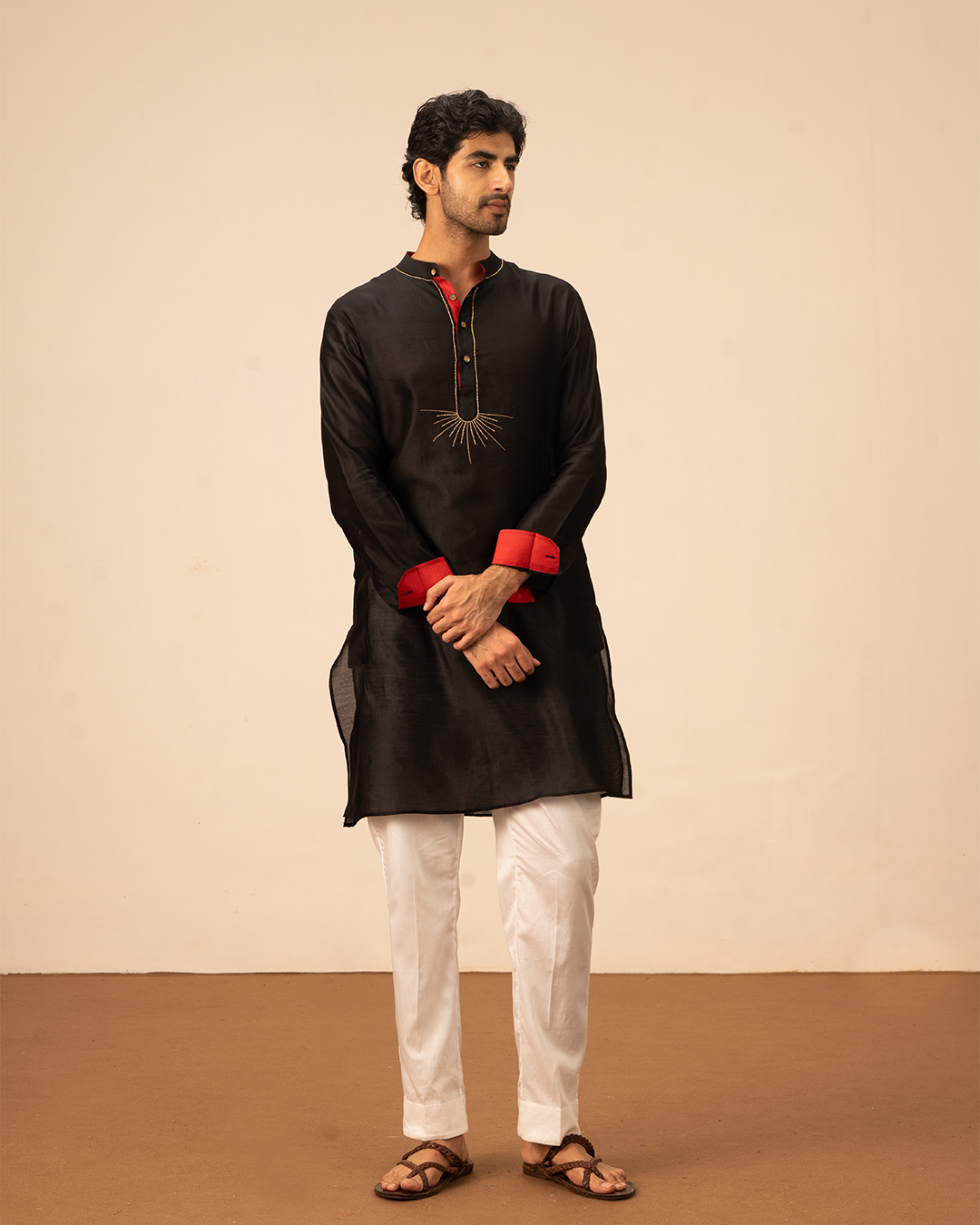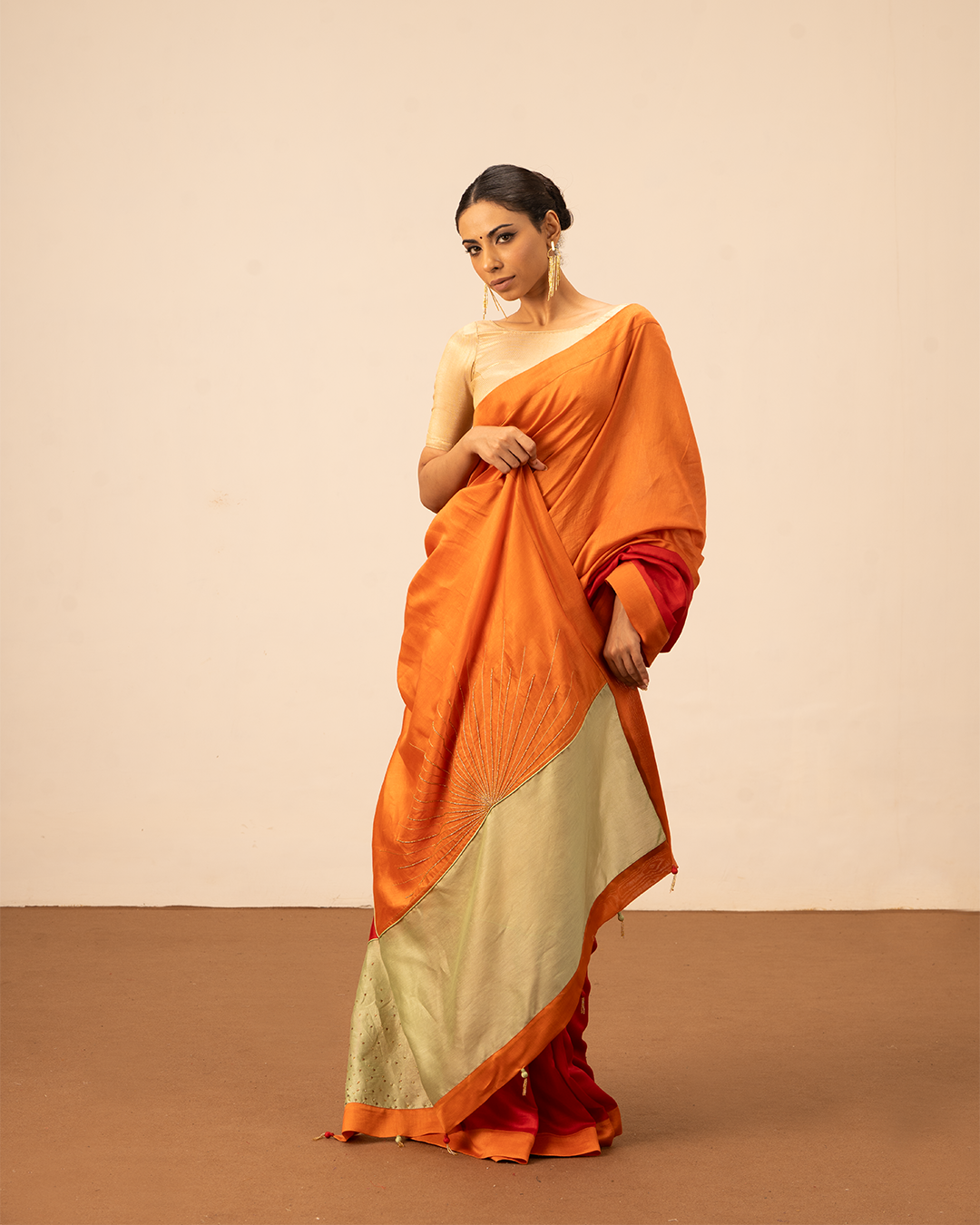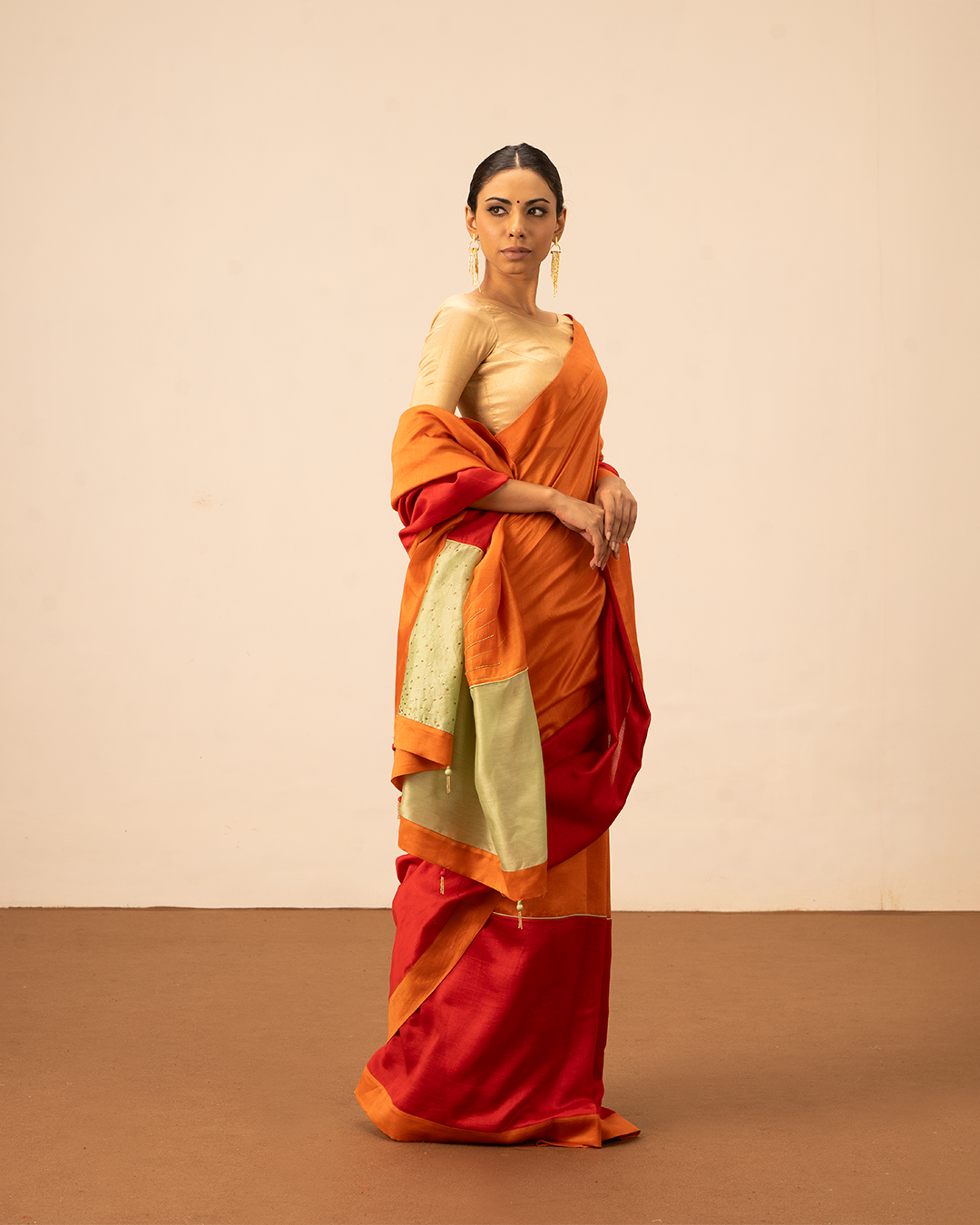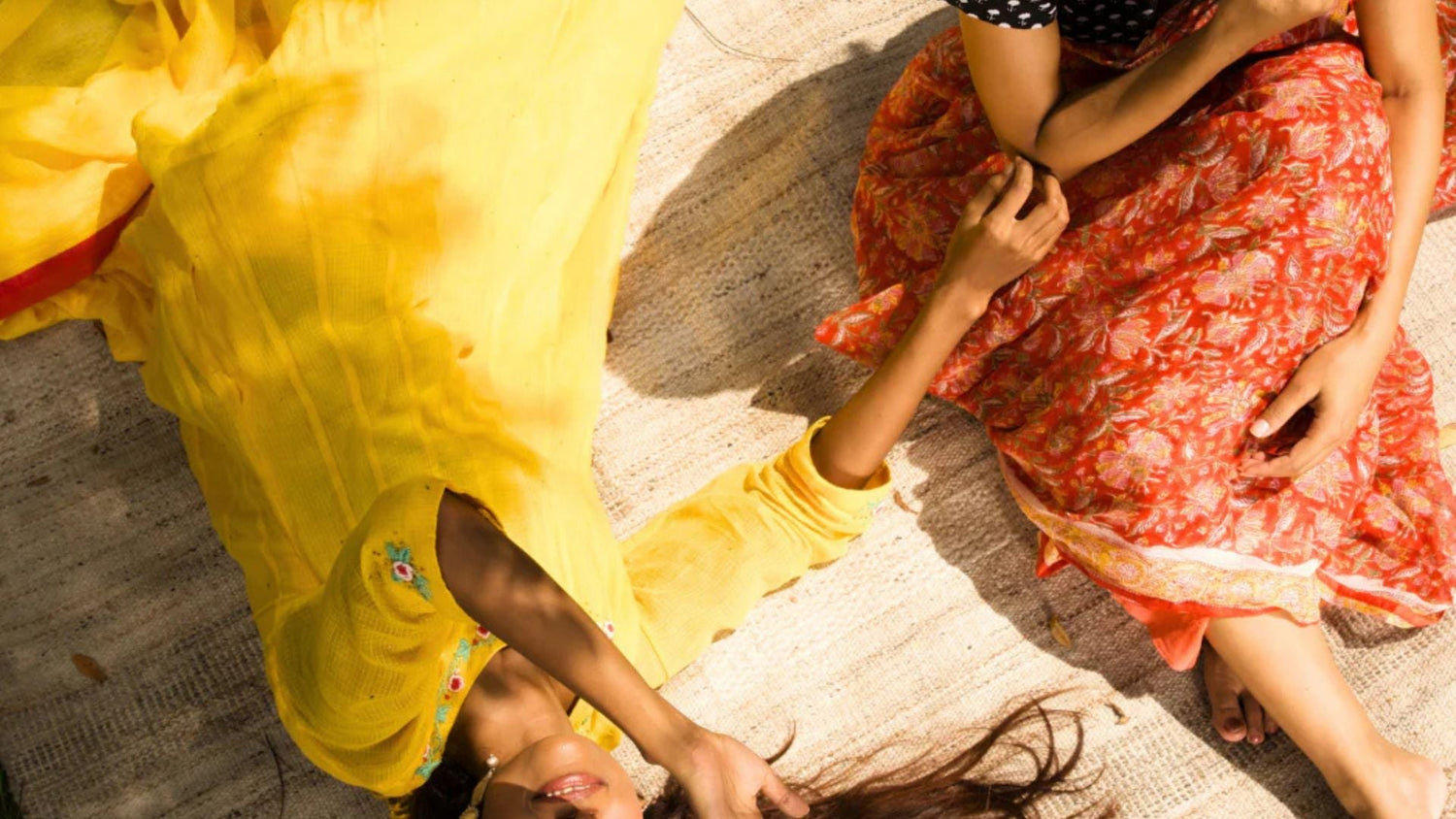Handmade Fashion Revival: How Artisanal Clothing is Shaping Styles
Every high street store looks the same - rows of identical dresses, mass-produced at lightning speed. Handmade clothing is the quiet protest against that sameness. Each garment is stitched, block-printed, or embroidered by skilled artisans whose craft turns fabric into a story. In 2025, handmade clothing isn’t just a style choice but it’s part of the slow fashion movement, offering individuality in a world of copy-paste trends.
When you choose artisanal fashion, you choose fabric that breathes, dyes that respect the earth, and a process that values quality over quantity. Think organic cotton sarees, hand-woven linen kurtas, or naturally dyed coord sets. These sustainable fashion trends 2025 are about reducing waste, supporting rural livelihoods, and keeping traditional textile arts alive all while looking effortlessly stylish.
Mass-made fashion can cover your body, but handmade pieces connect to your identity. A hand-embroidered dupatta, a block-printed kurta, or a woven stole carries imperfections that make it uniquely yours. The benefits of handmade garments go beyond durability-they carry heritage, craftsmanship, and the maker’s signature in every stitch.
From the soft crinkle of pure cotton Doria fabric to the weight of a hand-loomed sari, handmade textiles have a texture and life that machine-made fabrics simply can’t mimic. These materials breathe, move, and age beautifully making every wear more comfortable and more personal.
Handmade clothing is more than just fabric and thread - it’s connection, culture, and care. Every time we choose an artisanal piece, we keep a craft alive, a community thriving, and our wardrobes unique.
The return of handmade isn’t a passing trend but it’s the future of fashion.
